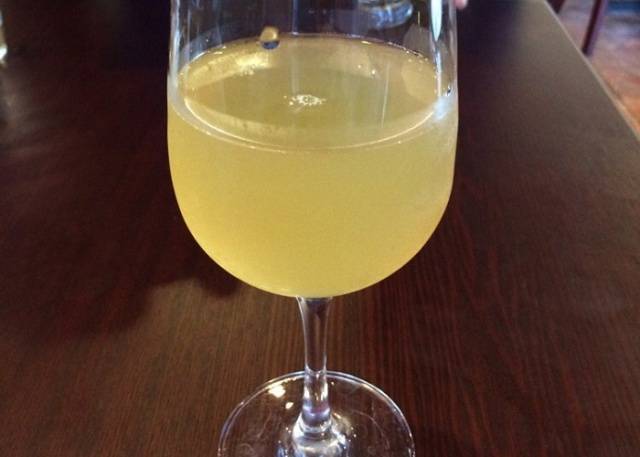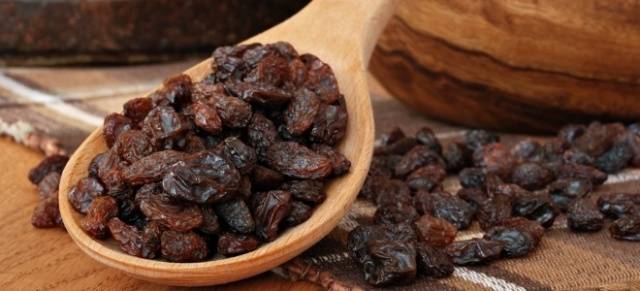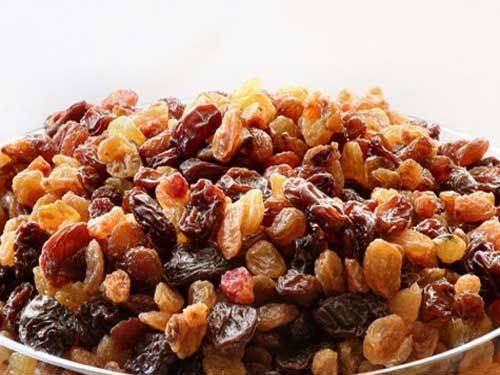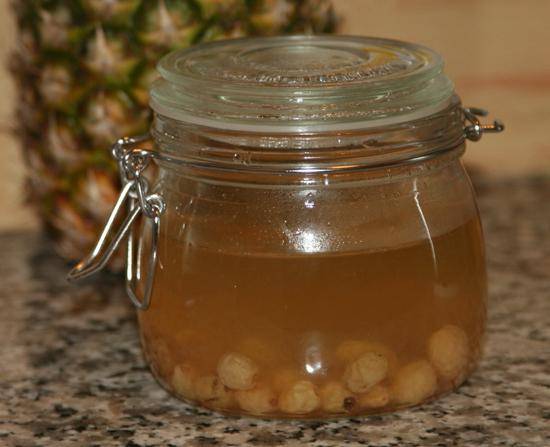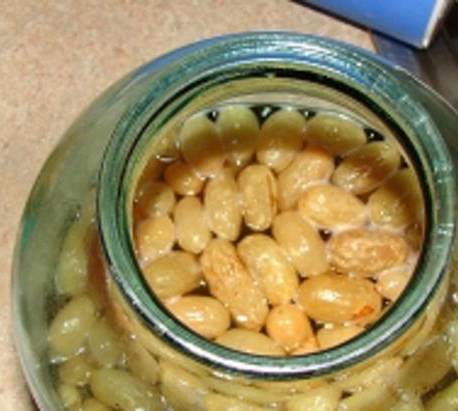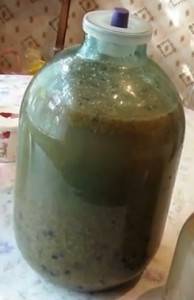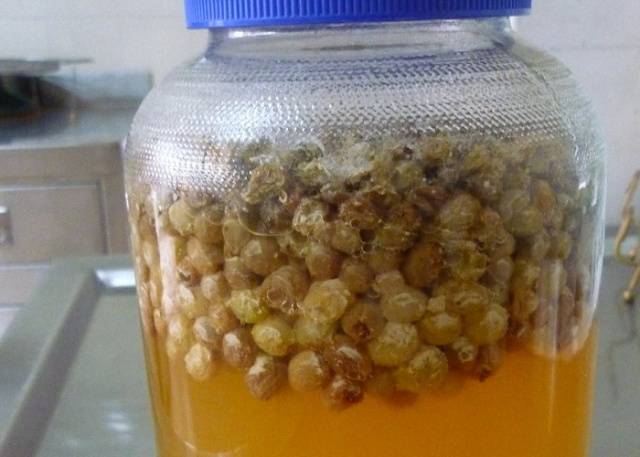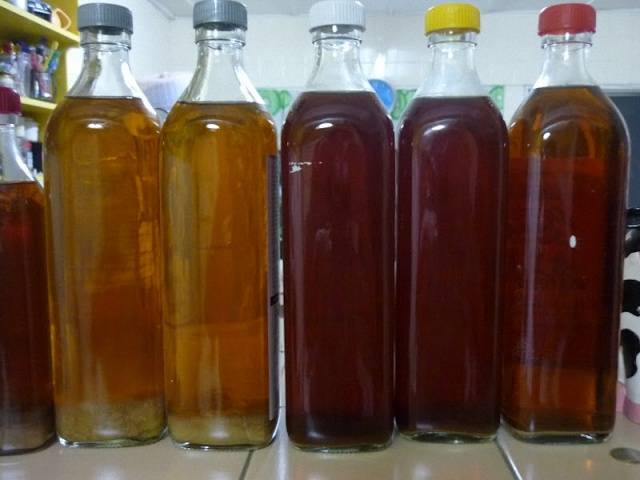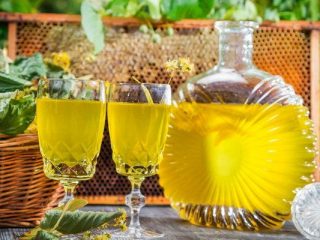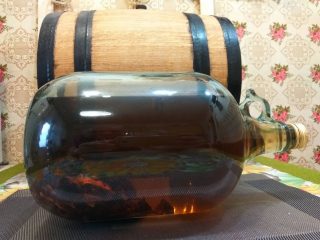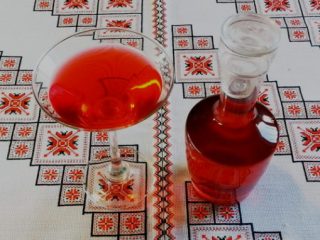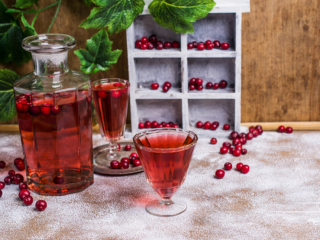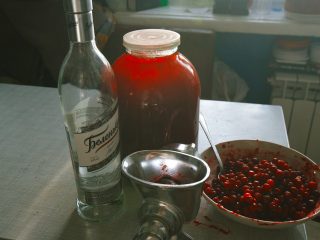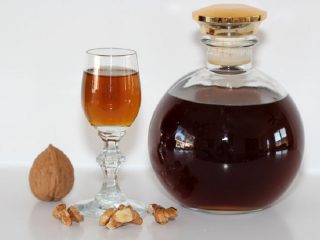Many people believe that winemaking is an activity exclusively for those lucky owners of garden or personal plots who have any fruit trees. Indeed, in the absence of grapes, many are keen on making fruit and berry wines from their own raw materials, since in this case they can be absolutely sure of the naturalness of the ingredients. Well, if you want to make wine at home with your own hands, but getting fresh berries or fruits is a problem for various reasons - either the climatic conditions do not allow it, or the season is not right. In this case, there is the most optimal solution to this problem, which is that homemade wine can be made from dried fruits, and, in particular, from raisins, which are easy to get at any time of the year and anywhere.
The fact is that raisins, being dried grapes, concentrate sugar up to 45-55% and retain all their aromatic properties.Therefore, if you make raisin wine at home, you will be able to enjoy a soft, velvety tasting and moderately strong homemade drink.
Selection of raw materials
You should know that not every raisin offered to you at the market or in a store is suitable for homemade wine. Raisins, dried without the addition of various chemicals, should have on the surface so-called wild natural yeast - microorganisms that play a leading role in the fermentation process. By the way, it is for this reason that never wash or even rinse raisins before using them.
Many varieties of raisins offered for sale have a glossy surface. As a rule, this is the result of treating them with chemicals that destroy many beneficial microorganisms, so such raisins are not suitable for making wine. It is better to prefer inconspicuous-looking dried berries with a natural bloom.
The color of raisins, in principle, is not decisive, but keep in mind that when dried, any grapes darken. Therefore, raisins that are too light can also raise suspicion of additional processing with unnecessary substances.
Sourdough is the main thing
It is known that without high-quality wine yeast it is difficult to make good wine. But the uniqueness of raisins lies in the fact that they themselves are the basis for obtaining high-quality natural wine starter, which can later be used to produce wine from almost any natural raw material (even frozen or digested).The resulting wine yeast can be stored for a short time, about 10 days, and only in the refrigerator, so it is recommended to make this starter shortly before the moment when you want to put homemade wine.
So, how to make such a raisin starter?
You will need:
- 200 grams of unwashed raisins;
- 2 tablespoons sugar;
- half a glass of water.
It is advisable to grind the raisins by passing them through a meat grinder or using a blender for these purposes. Then you pour it into a small jar or bottle with a capacity of 0.5 to 1 liter, fill it with warm purified water and add sugar. Stir until the sugar is completely dissolved. Cover the neck with gauze in several layers and place the jar in a warm and not necessarily dark place (the temperature should be at least +22°C) for 3-4 days. During this time, the starter should ferment - the raisins float, foam appears, hissing occurs, and a certain sour smell is felt.
If during this time in the heat no signs of fermentation appear or they are very weak, then it is better to look for another raisin. Otherwise, everything is fine with the raisins, the starter is ready and you can put the wine on fermentation.
Wine making technology
One of the simplest recipes for making homemade raisin wine is the following.
If we assume that you have already made the starter, then you need to find another 1 kg of raisins, 2 kg of sugar and 7 liters of purified water.
It is best to take a fermentation container made of glass or enamel, and only use food-grade plastic as a last resort. Before use, the container must be sterilized.
It is advisable to chop the raisins - in this form the fermentation process will go faster.Pour raisins into the prepared container, add exactly half of the sugar specified in the recipe (1 kg), and water heated to +40°C. The sugar should completely dissolve.
Now the pre-prepared raisin wine starter is added to the mixture (no need to strain it). In order for the fermentation process to proceed correctly, any water seal is installed on the container. It does not allow oxygen from the air to penetrate into the container and at the same time allows excess carbon dioxide formed during fermentation to escape.
The simplest option for a water seal is a sterile medical glove with a tiny hole in one of the fingers, placed over the neck of your fermentation container.
Place the container with the raisin mixture in the dark (you can cover it with something on top) in a warm place with a temperature of +20°+25°C. After some time, the fermentation process should begin - the glove will rise and inflate. Everything goes well. In this case, after approximately 5 days, another 0.5 kg of sugar must be added to the container.
To do this, remove the water seal, drain a small amount of wort using a straw (about 200-300 g) and dissolve sugar in it. The syrup with sugar is poured into the container with the future wine and the glove is firmly secured on it again or a water seal is installed.
After another 5 days, this procedure is repeated again with the remaining amount of sugar (0.5 kg). In general, the fermentation process usually lasts from 25 to 60 days. During this time, a thick sediment forms at the bottom, the wort becomes lighter, and the glove slowly sinks.When it has completely dropped, fermentation is complete and you can move on to the next stage of making wine from raisins - ripening.
After fermentation is complete, carefully drain the wine from the container, using a special straw for this purpose, so that all sediment remains in the same container. The wine should be poured into clean and completely dry glass bottles, which are filled to the very top and sealed. When pouring, homemade raisin wine can be tasted and, if desired, added sugar to taste or vodka to strengthen the drink (usually 2 to 10% of the volume is used). You just need to take into account that adding sugar provokes the fermentation process, so in this case a glove or water seal will again be necessary for a while.
In this form, the wine is aged for 3 to 6 months in cool, dark conditions. This significantly improves the taste of homemade raisin wine. The strength of the resulting wine is approximately 11-12 degrees. After ripening, the wine is hermetically sealed and stored under the same conditions for up to three years.
To create additional flavor effects, you can add hibiscus petals, honey, lemon, vanilla and cinnamon to the wine. But even without these additives, raisin wine can delight you with the real taste and aroma of grape wine. And any drink created with your own hands will warm your soul and body much more reliably than a factory product.

